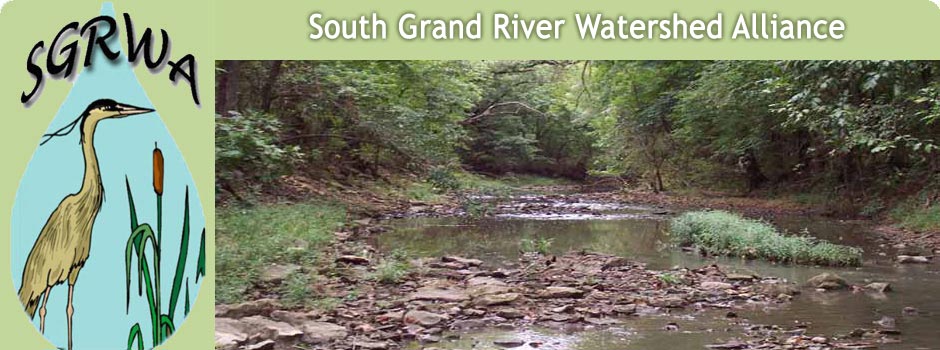Sinkholes
With recent news about the loss of a life and a house occurring in a Florida sinkhole, you may have wondered what causes sinkholes. Sinkholes are formed as the result of rainwater becoming slightly acidic as it seeps through decaying leaves and organic material. Over time, as these acidic waters percolate through the soil and into cracks and crevices of certain rock formations such as limestone, they dissolve these rocks and create caverns. When the roof of a cavern collapses in on itself, it becomes a sinkhole.
How to Control Callery Pear
To keep invasive callery pear trees in check there are a number of tools a landowner can use. If the tree is small enough to brush-hog, then mowing it down can be effective. In pasture type infestations, mowing two or more times a year is recommended because they will sprout from the stump. Spraying is another good option for small landowners or light infestations. The preferred chemical is triclopyr which is found in name brand chemicals such as Remedy, Garlon 4, and Pasturegard. Glyphosphate, also called Roundup, is a good second choice. Apply these sprays to the foliage in summer and fall at a 2 to 5% solution. The common broadleaf chemical 2-4D is not effective on callery pear.
Larger trees need to be removed by chain-sawing or taken out with heavy machinery. Stump treatment will help kill the roots, so the tree stump should be treated with a 25-–50% solution of triclopyr or glyphosphate.
For those looking for shrubs and small trees to landscape with, native species are highly recommended. There are many suitable native species to choose from that will provide beauty and interest while also providing vital habitat for our native birds, butterflies and other insects. A few possibilities include red buckeye (Aesculus pavia), service berry (Amelanchier arborea), lead plant (Amorpha canescens), black chokecherry (Aronia melanocarpa, pawpaw (Asimina triloba), American beauty berry (Callicarpa americana), buttonbush (Cephalanthus occidentalis), American smoke tree (Cotinus obovatus), wahoo (Euonymus atropurpureus), Virginia sweetspire (Itea viginica), rusty black haw (Viburnum rufidulum), flowering dogwood (Cornus florida), possum haw (Ilex decidua), eastern redbud (Cercis canadensis L.), and green hawthorn (Crataegus viridis).
The Grow Native website provides a more complete list of native shrubs and small trees, as well as a Buyers Guide of sources to obtain them.
For more information on this subject contact an MDC forester or visit the MDC website.
